Description
Every Melburnian should have a copy of this book. It is a gorgeous lavishly-illustrated hardback.
“Melbourne … started as an ideal colonial grid of city blocks —at once dextrous but invasive—overlaid onto the undulating landscape of the Wurundjeri and Boon Wurrung peoples. It was then voraciously cut, sliced, sometimes reformed, then sliced and sliced again. As historian Weston Bate described in the first iteration of this book in 1994, an “essential but unplanned” network of tiny streets, by necessity, was inserted to service in the most practical sense the workings of these narrow slivers of land that required light, air, servicing and delivery from behind or from the side. That functional ‘back’ story is what lends special nuance to Melbourne’s lanes and their subsequent and alternately seamy or gleaming histories: of crime, prostitution and opium dens, as implicit racial ghettoes, of hidden pearls containing elegant arcades, and, more recently, the institutionalised resurgence of Melbourne’s lanes as prized urban spaces, now touted as models of what the word ‘urban’ might mean in an Australian setting.
“Melbourne’s laneways have always been dynamic and always great survivors. Robin Boyd wrote in Victorian Modern in 1947 that, ‘The little lanes were the honest streets of Melbourne’. This book proves that still to be the case.”
From the Foreword by Philip Goad
Chair of Architecture, University of Melbourne
This book is an RHSV publication (in partnership with the State Library of Victoria) which expands on a popular but now well out-of-print book by historian Weston Bate, Essential but Unplanned. The Story of Melbourne’s Lanes (1994). The new book (280 pages) more than doubles the size of the old with extra chapters to bring the story of Melbourne’s lanes up-to-date. There is a multitude of new photos – both contemporary and historical, both colour and black-and-white and more comprehensive indices.
The authors
Weston Bate OAM (1924–2017) born in Mont Albert Melbourne, was a noted schoolteacher (1949–64), history lecturer at the University of Melbourne (1965–78) and inaugural Professor of Australian Studies at Deakin University (1979–89) before his retirement. His widely-admired A History of Brighton (1962, 1983) put local history on the map, and other books on schools and golf clubs but, most astonishing, his two-volume history of Ballarat (1978, 1993) cemented his reputation. The first, called Lucky City, shared the Ernest Scott Prize, the history profession’s most valued award. Weston wrote many other books, including Essential but Unplanned (1994). He was a Victorian patriot who served on the Museum Advisory Board, school boards and as President of the RHSV (1991–97, 2002–05).
Richard Broome AM, a Sydney boy, has lived in Melbourne since 1974. He tutored under Weston Bate, his first Melbourne boss, at the University of Melbourne (1974–1976), then lectured in History at La Trobe University for thirty years and retired as Professor of Australian History in 2012. He worked as a public historian for five years. Richard has authored or co-authored over twenty books, and another four in multiple new editions. He is noted for Aboriginal Australians. A History since 1788 (1982– 2019) and the prize-winning Aboriginal Victorians. A History since 1800 (2005, 2024). He has written school texts, including co-authoring Analysing Australian History (4 volumes 2021). He has co-edited Australian Historical Studies (2009–2011) and the Victorian Historical Journal (2017+). This book on Melbourne’s Lanes is his third co-edited book on Melbourne for the RHSV. He was vice-president (1987–1994), and President (1995–1996) of the History Institute; Patron of the History Teachers Association of Victoria (2013–2022); has been a Councillor of the RHSV since 2013 and President (2019+).
Nicole J. Davis is an academic and professional historian, originally from Brisbane, with a particular interest in urban history, heritage and placemaking. Her doctoral thesis at the University of Melbourne focused on the social, economic and architectural history of Australia’s nineteenth-century arcades, through a transnational lens. She has a Masters in
Museum Studies, has worked in and consulted for some of Australia’s biggest museums, and teaches Museum and Heritage Studies at postgraduate level. As a professional historian, Nicole works on projects for academic and commercial clients, researching, writing, and editing compelling and engaging outputs. She has a passion for engaging the broader community with history: curating exhibitions, creating digital content, giving talks, and being involved in other public engagement forums. In the 1990s and early 2000s, Bate’s book often inspired self-directed walking tours on Nicole’s yearly Melbourne visits with her aunt, who owned a copy. This contributed to her enduring love of exploring a city on foot, viewing it through the layers of social history and built environment.
Andrew J. May is an urban historian and Professor of Australian History in the School of Historical and Philosophical Studies at the University of Melbourne. He is the author of many works on the history of Melbourne including Melbourne Street Life (1997, winner of the Victorian Community and Local History Award), Espresso! Melbourne Coffee Stories (2001), and Federation Square (2003, with Norman Day). He was Director and co-editor of the Encyclopedia of Melbourne (2005) and runs the Melbourne History Workshop at the University of Melbourne whose projects include the ‘My Marvellous Melbourne’ podcast. He is also interested in colonialism in north-east India and his book Welsh Missionaries and British Imperialism: The Empire of Clouds in North-East India was published by Manchester University Press in 2012. He has served as the Historian Member of the Victorian Heritage Council, as well as on boards and/or advisory committees of the Australian Historical Association, City of Melbourne, Melbourne Immigration Museum, National Trust of Australia (Victoria), Public Record Office Victoria, State Library Victoria, National Archives of Australia, and the editorial boards of Australian Historical Studies and the Victorian Historical Journal.
Helen Stitt has an honours degree in Public History and Heritage which led to a career in heritage management, working first as historian for a Melbourne-based architectural conservation practice. She then worked at the Royal Automobile Club of Victoria (RACV) managing its extensive collection of archives, photographs, and historic vehicles, from which she produced publications, exhibitions, talks and tours. She currently curates the Royal Historical Society of Victoria’s images collection and directs volunteers helping to
catalogue, digitise and preserve that collection. She facilitates researchers accessing the RHSV collection and assists in the creation of RHSV exhibitions. Helen also teaches architectural and urban design history at the University of Melbourne.






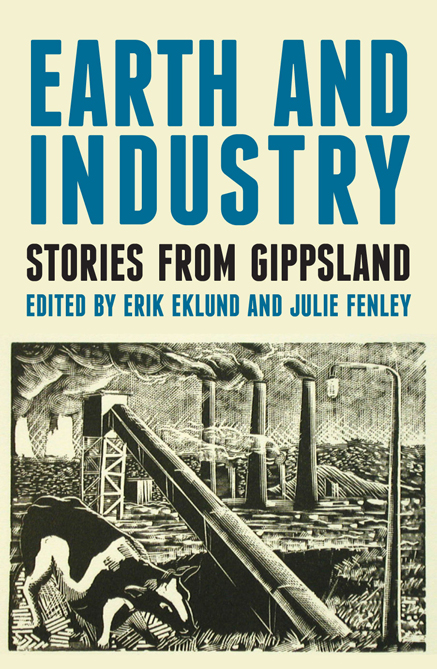

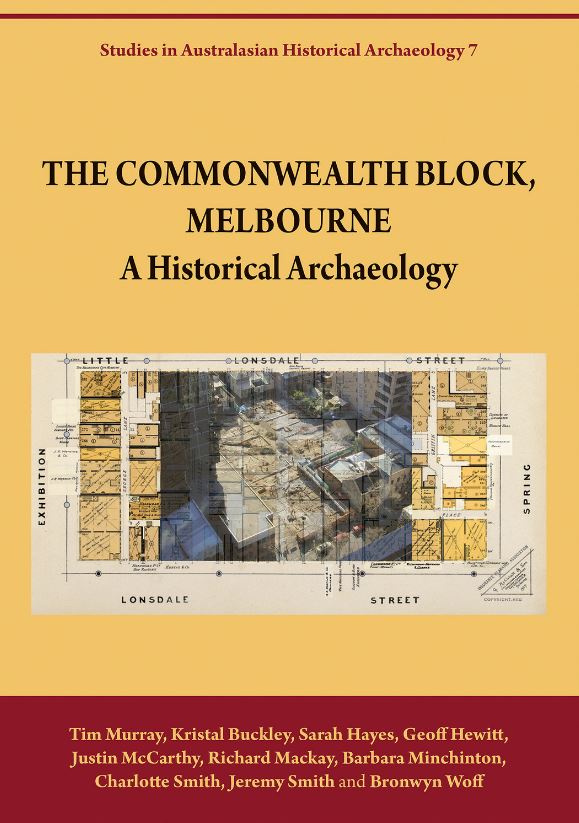
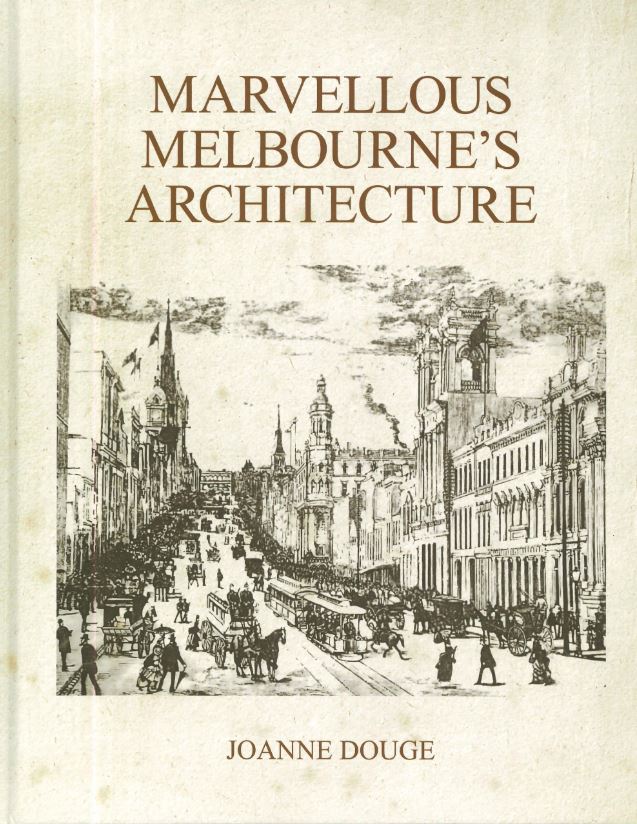
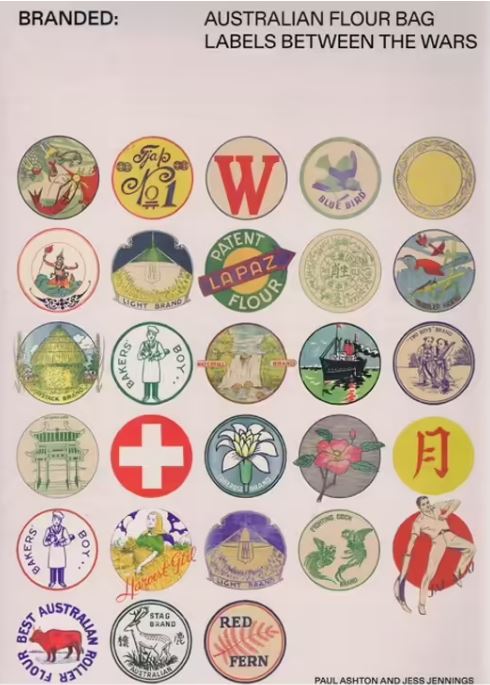
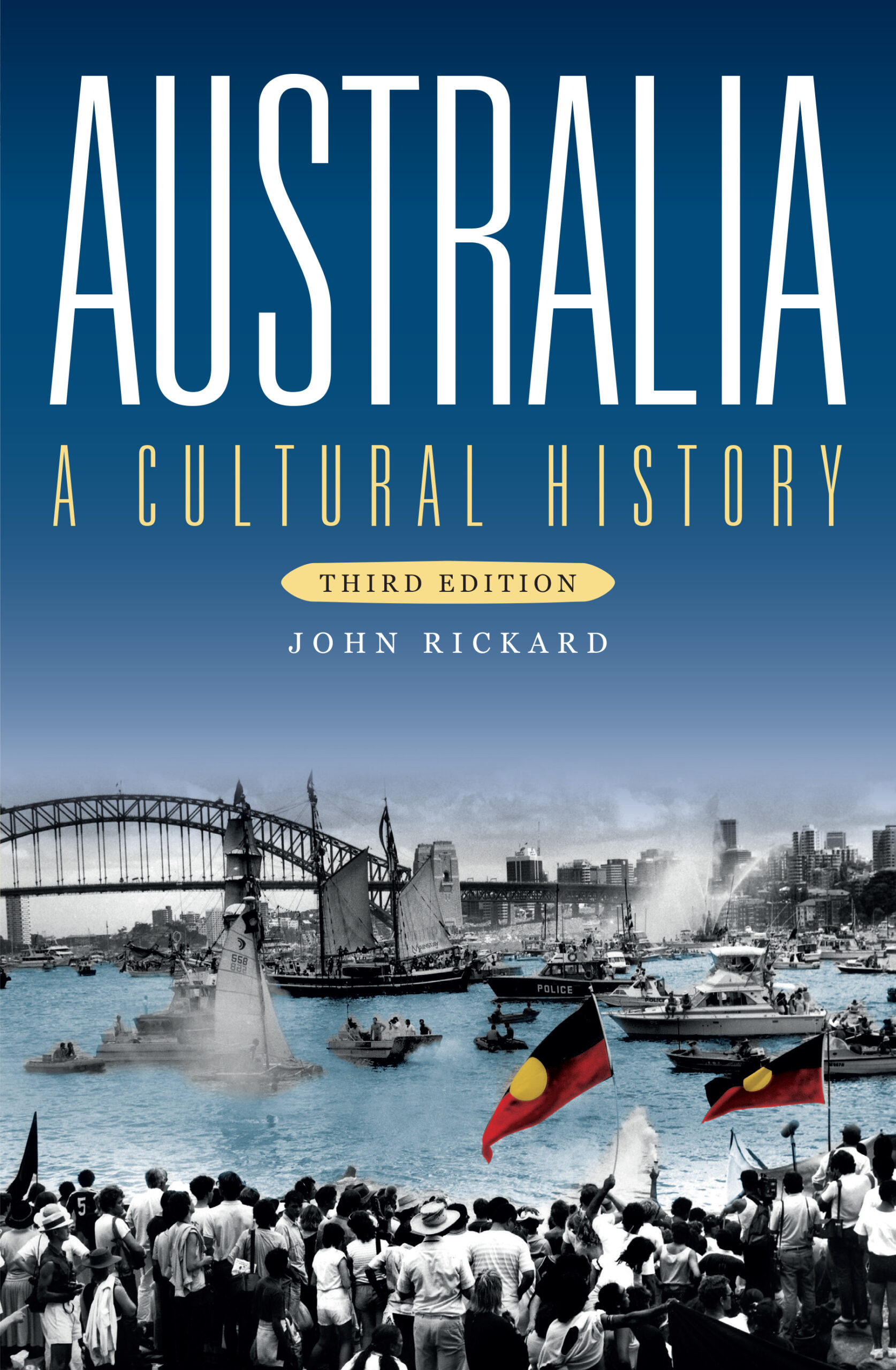
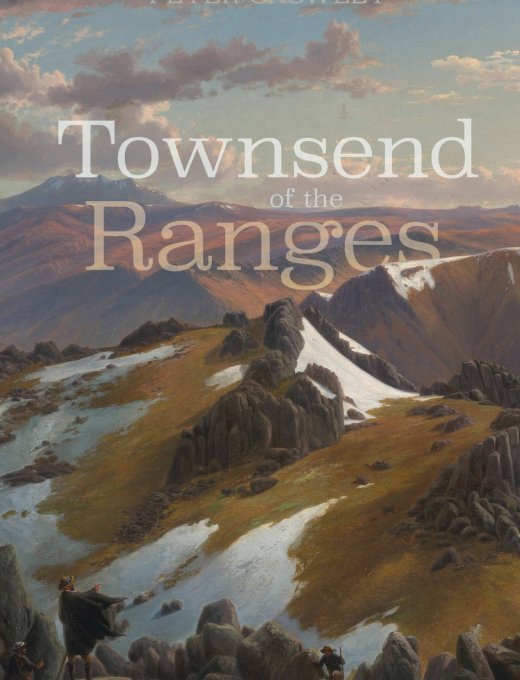

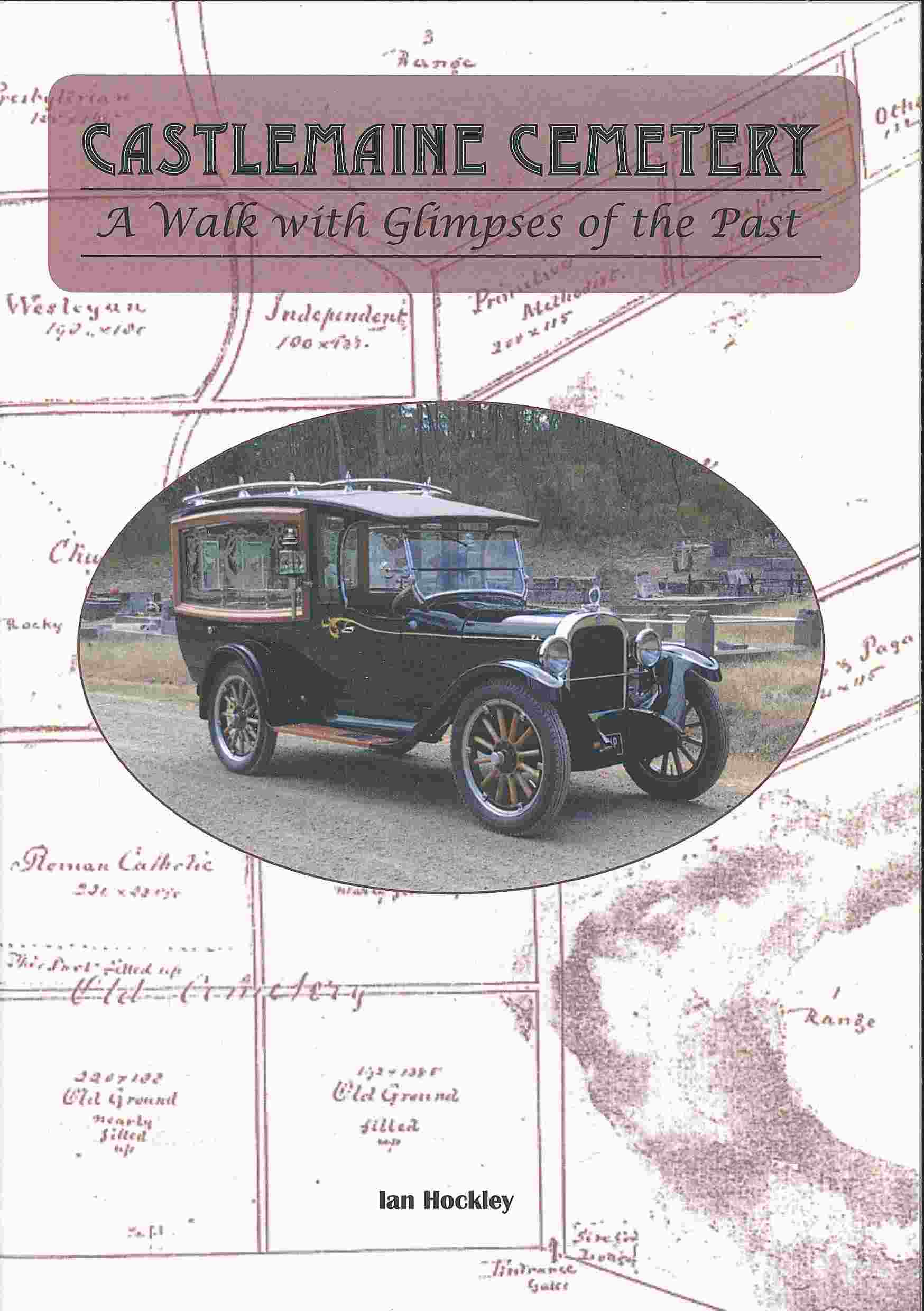

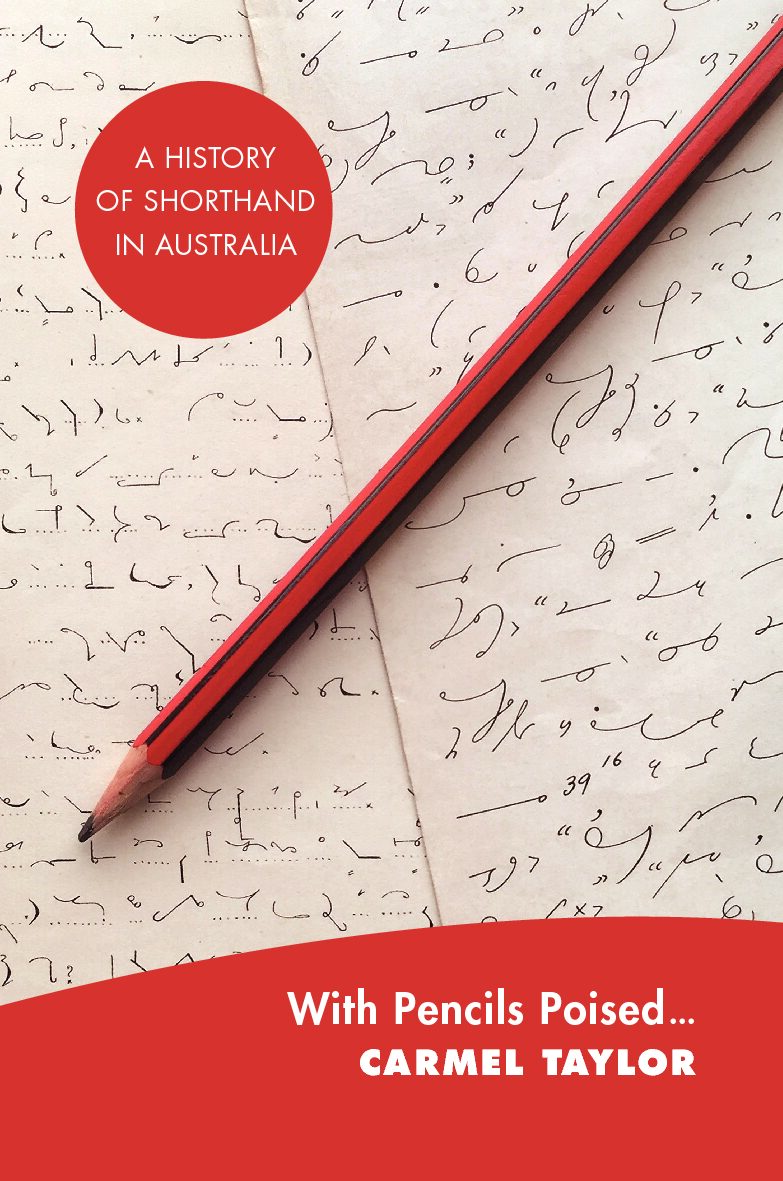
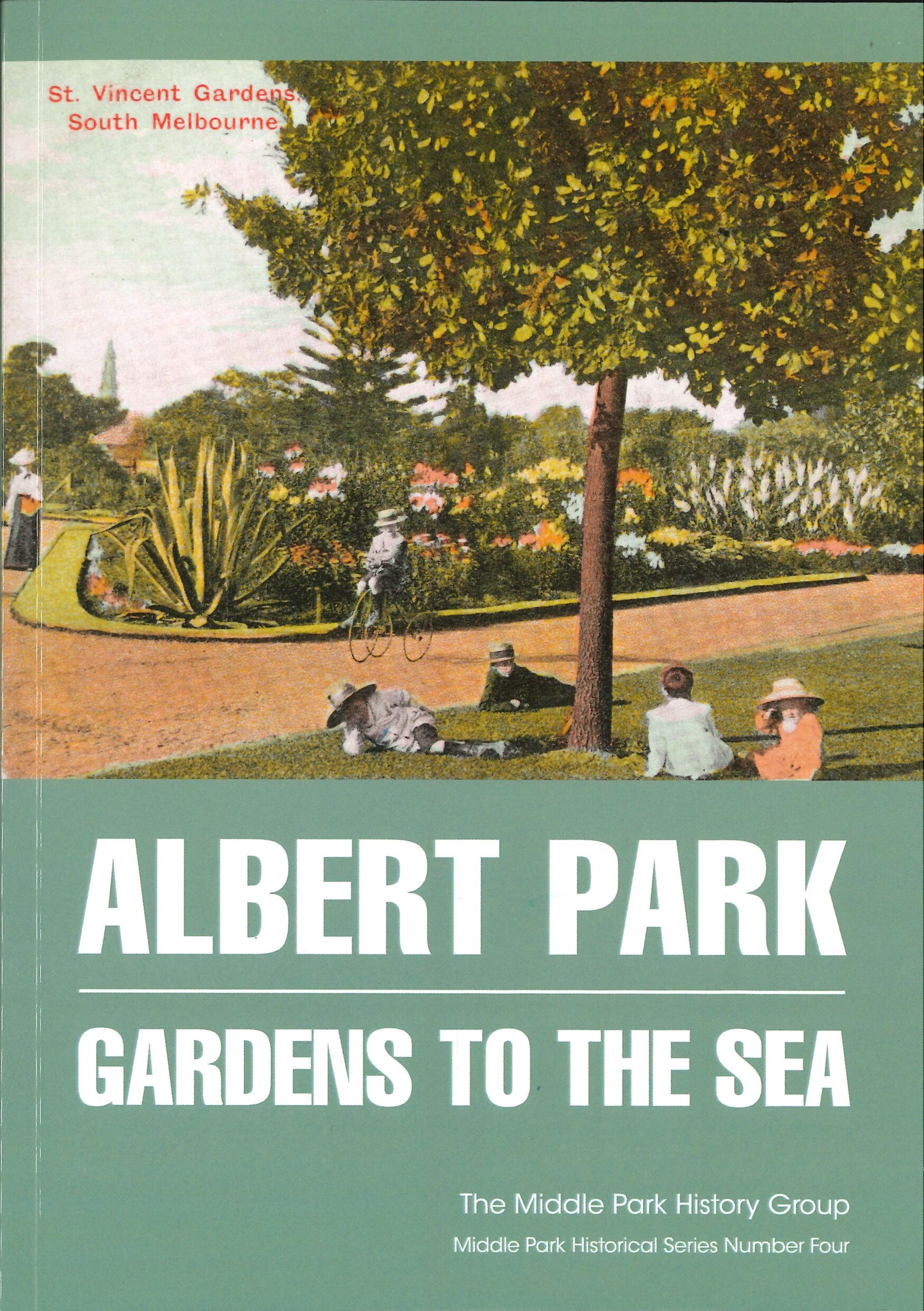

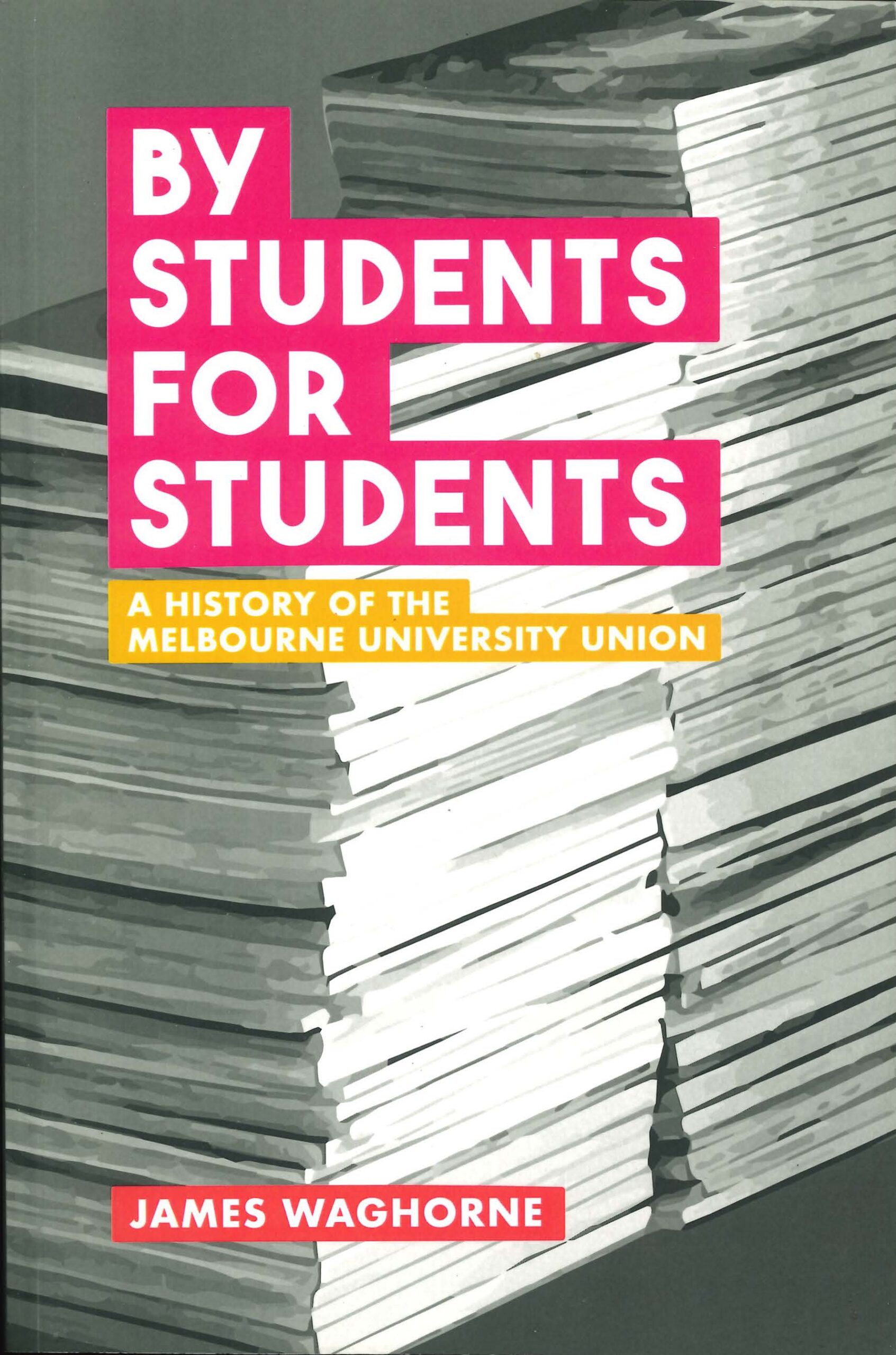

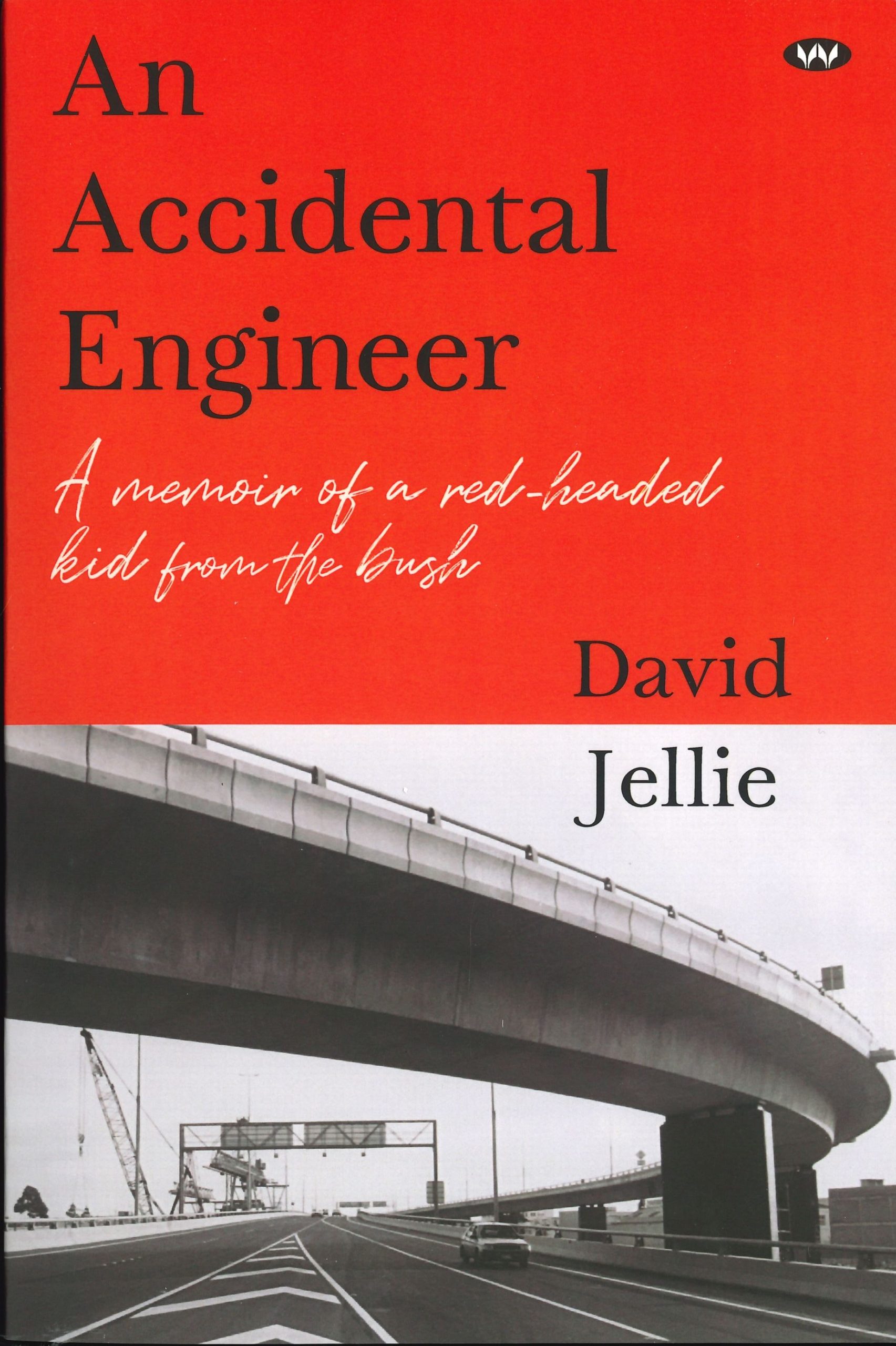

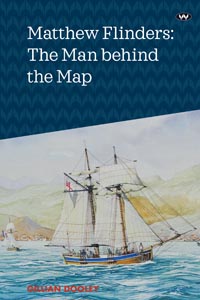
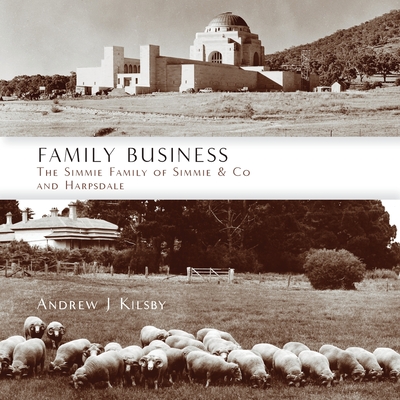
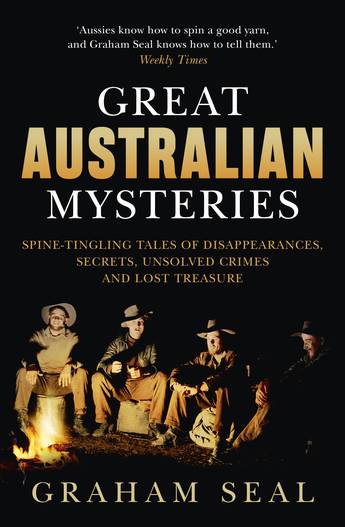
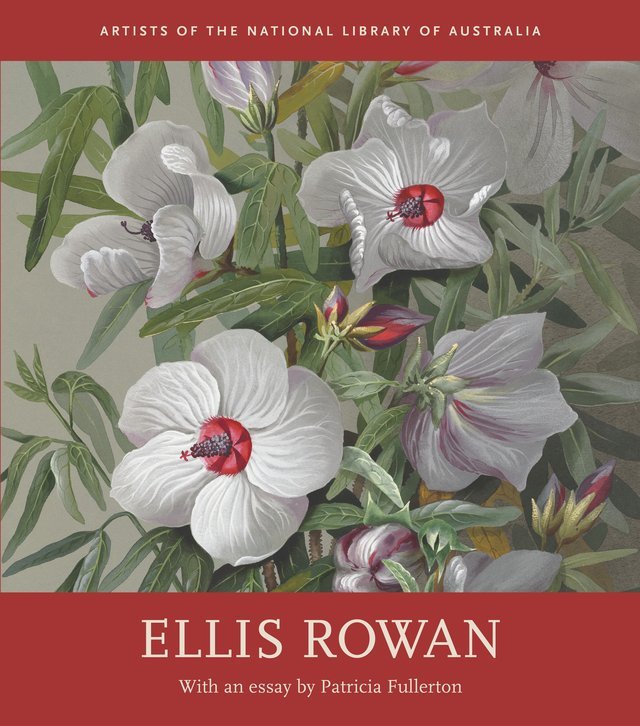

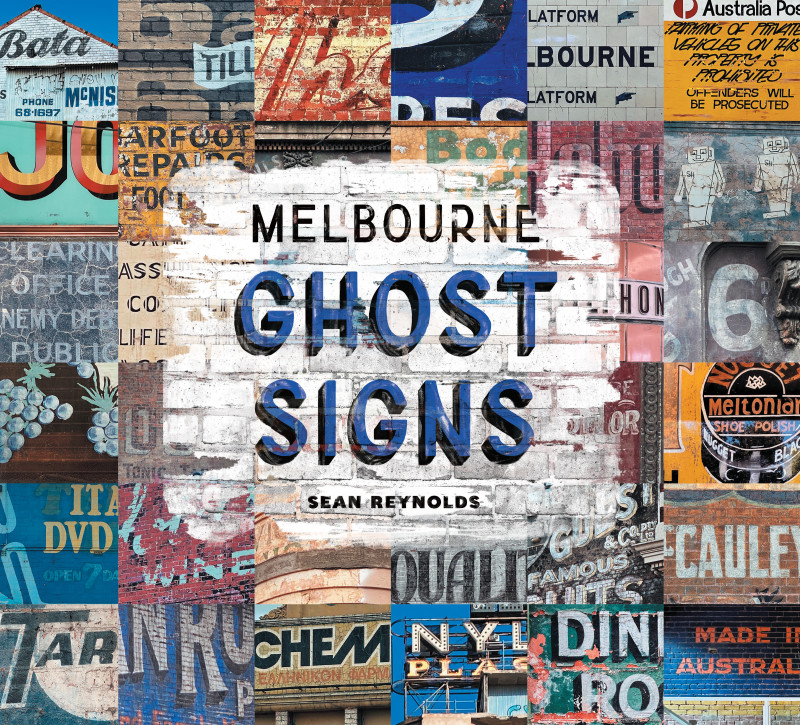

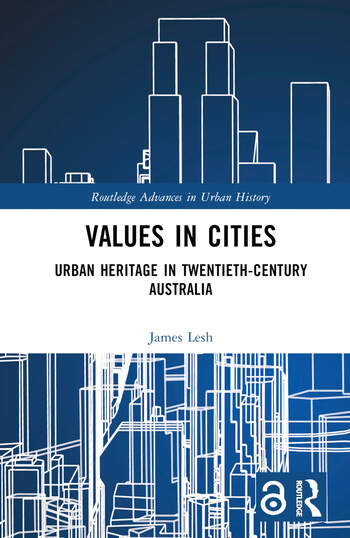
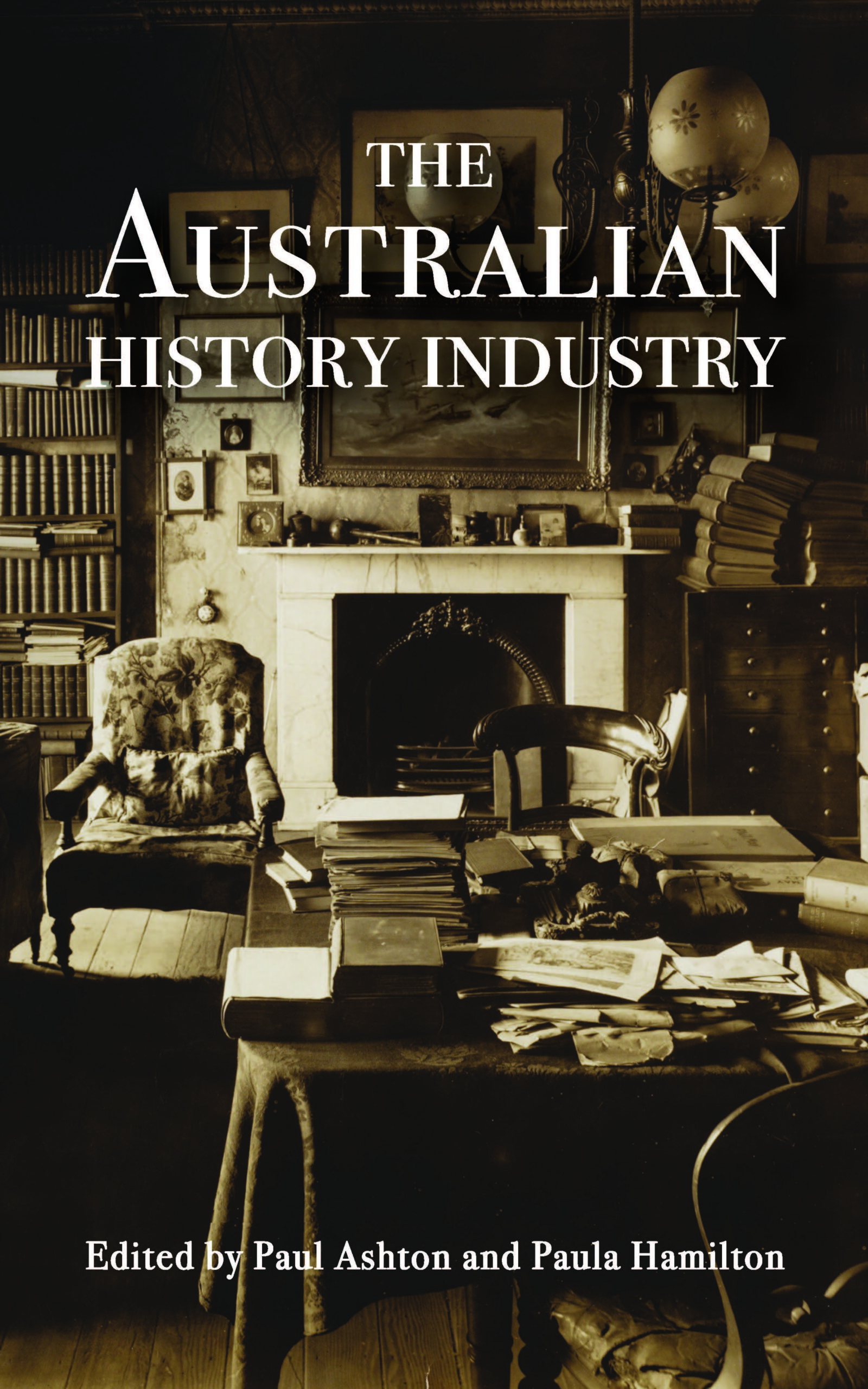
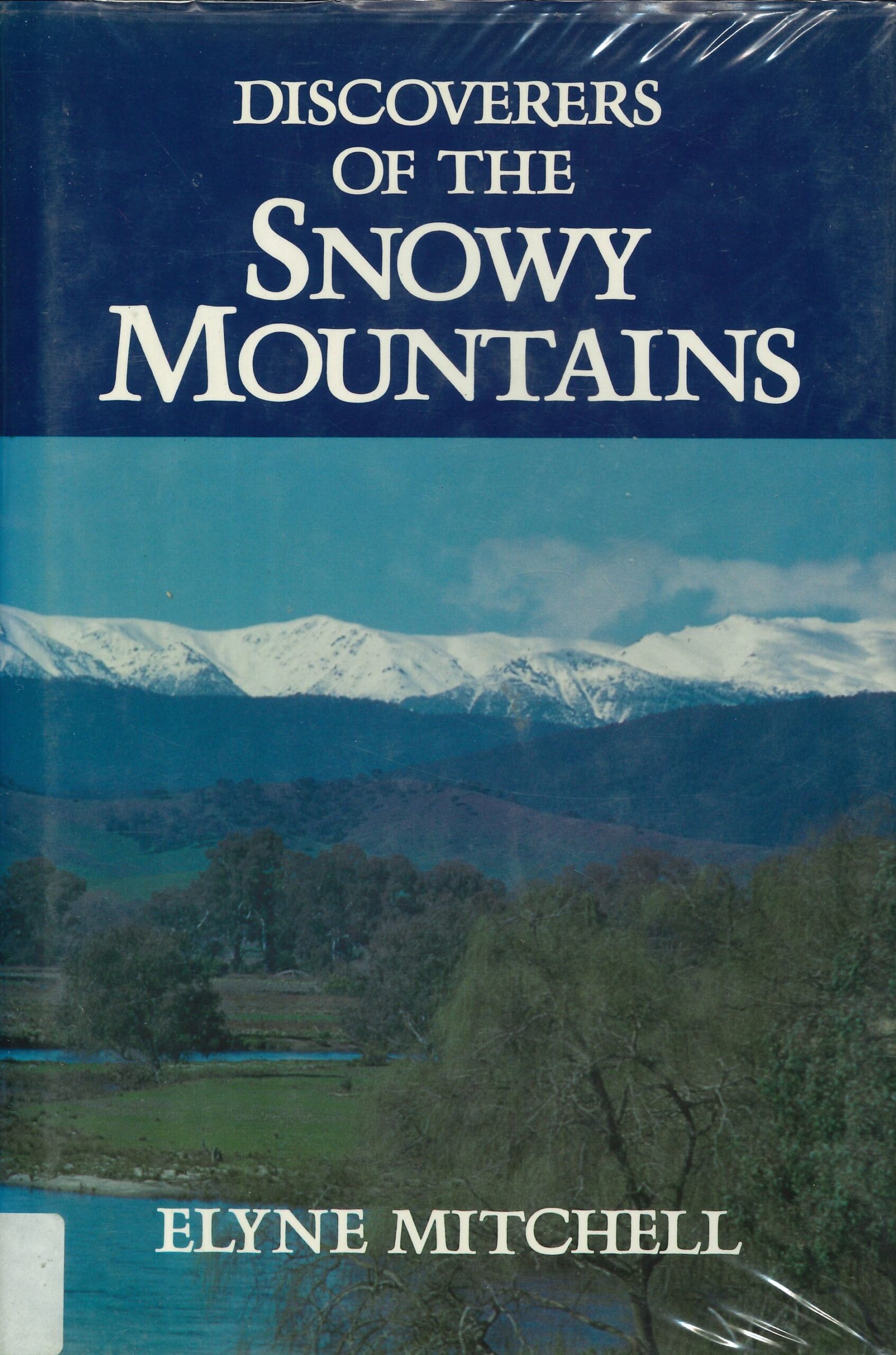
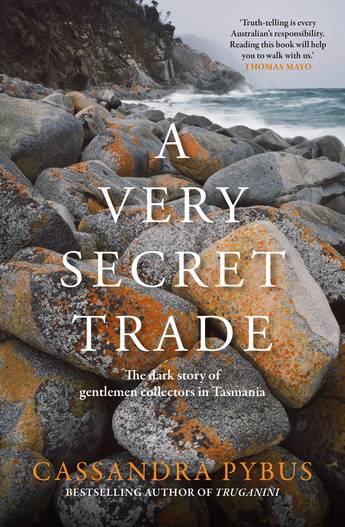
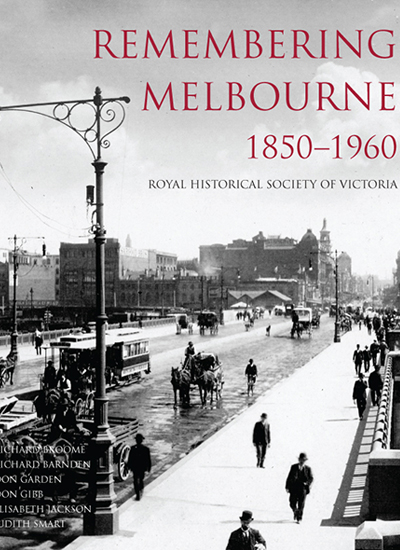
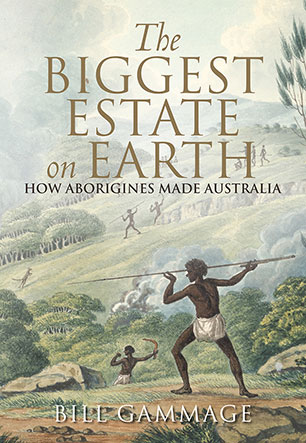
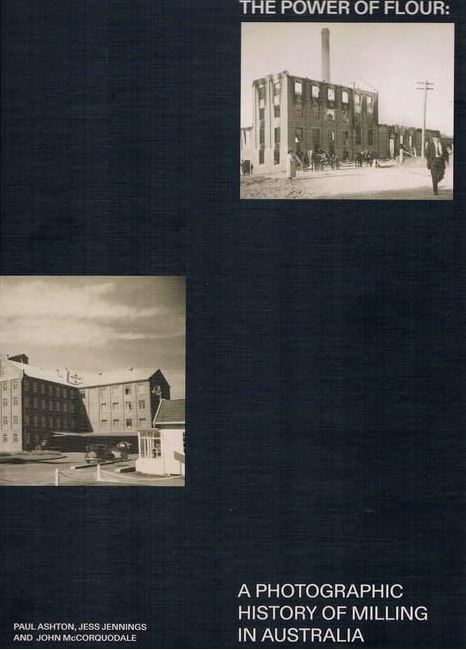
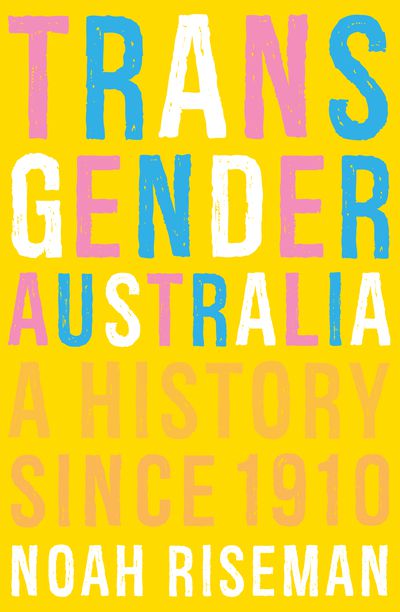
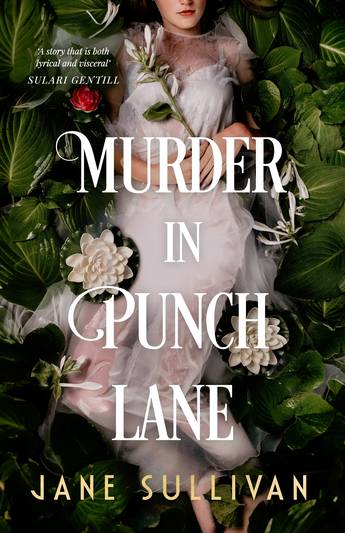






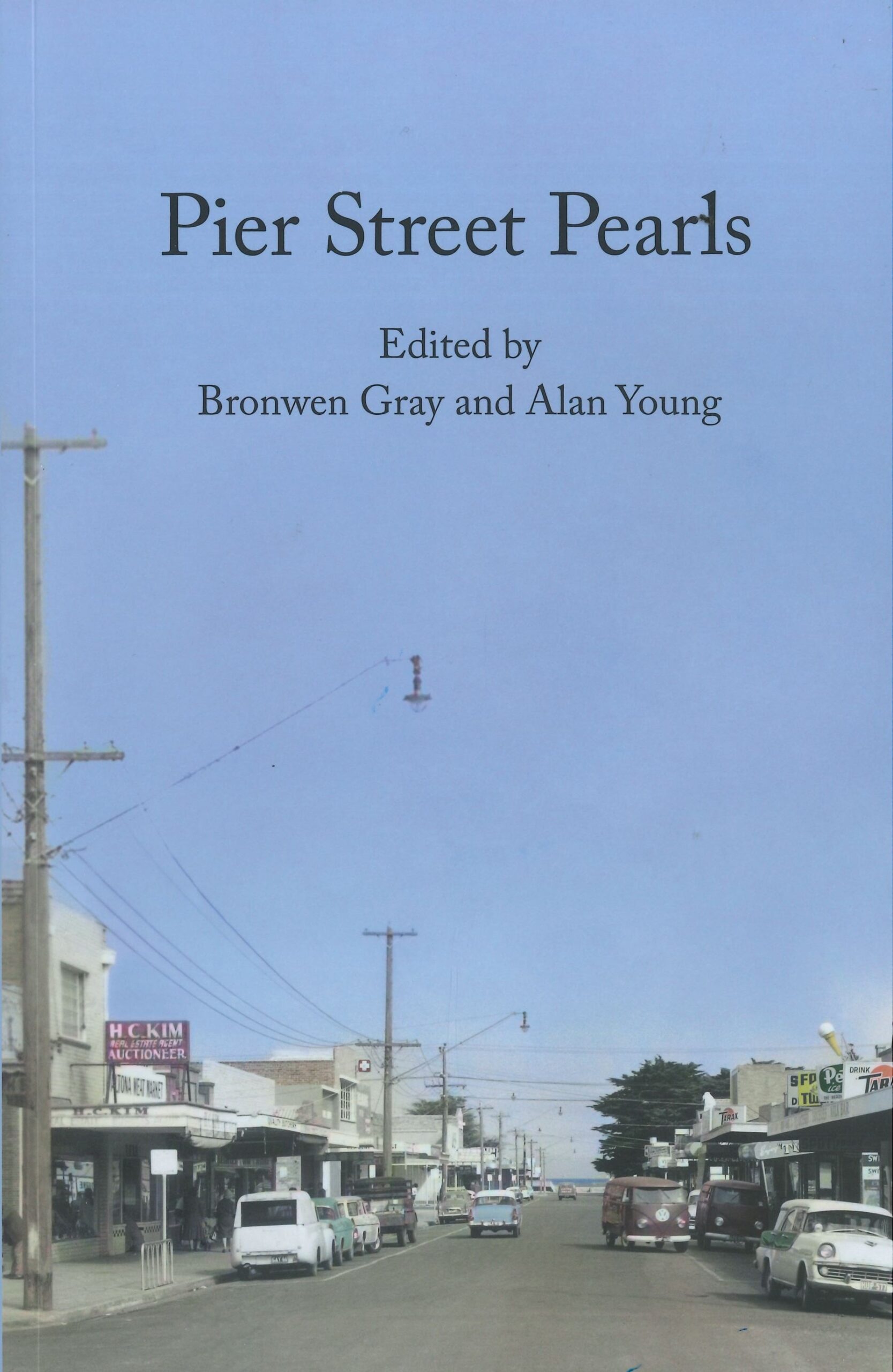
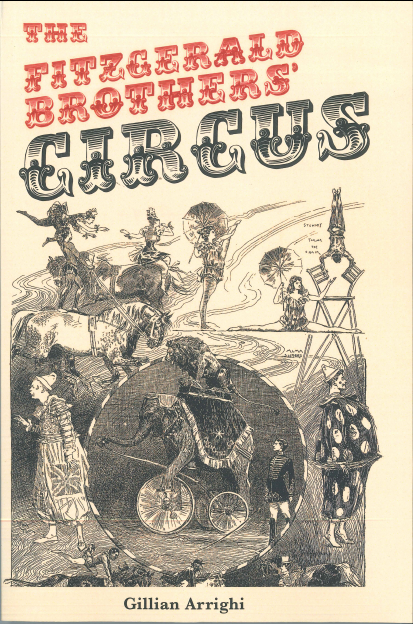


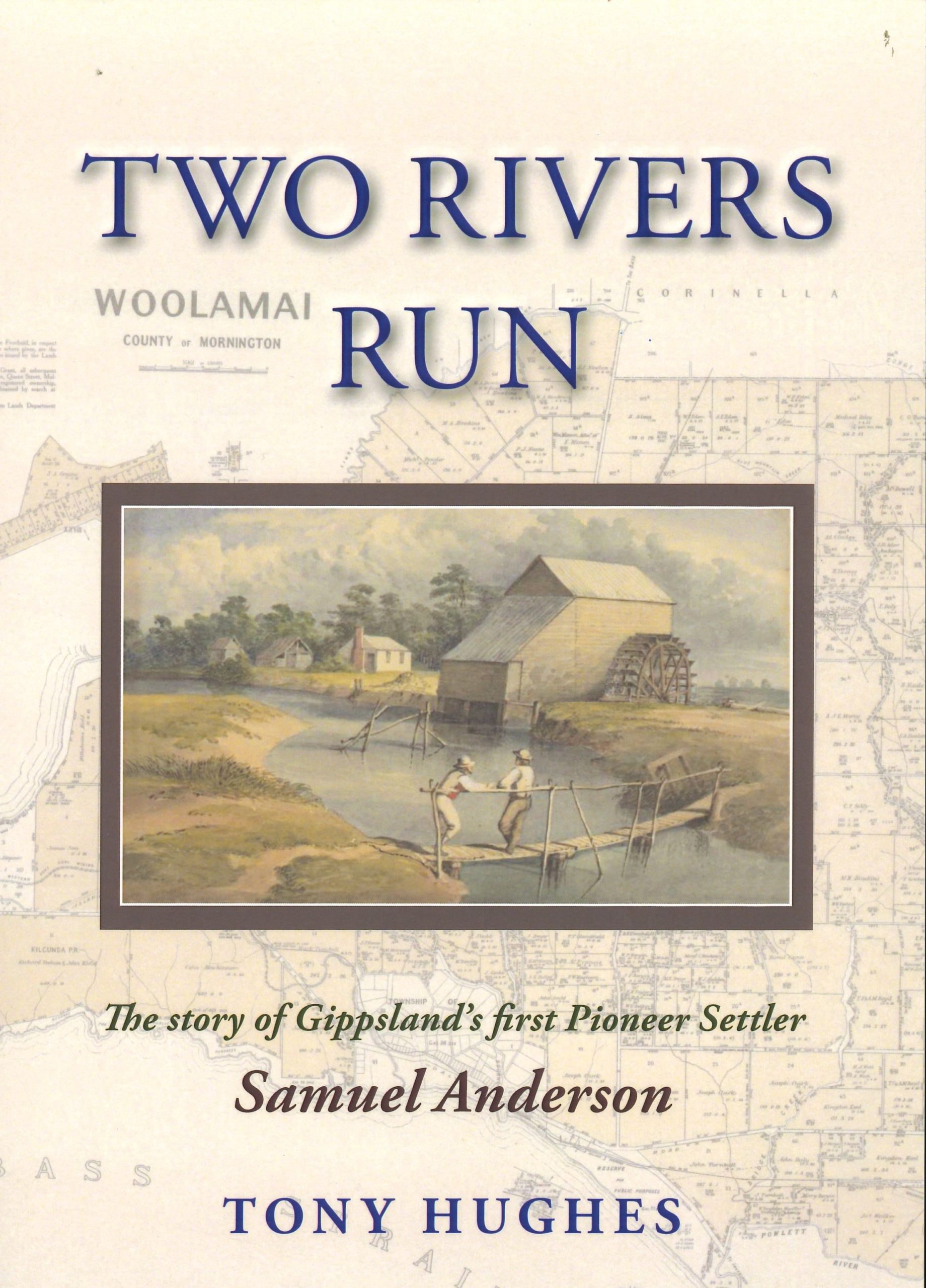
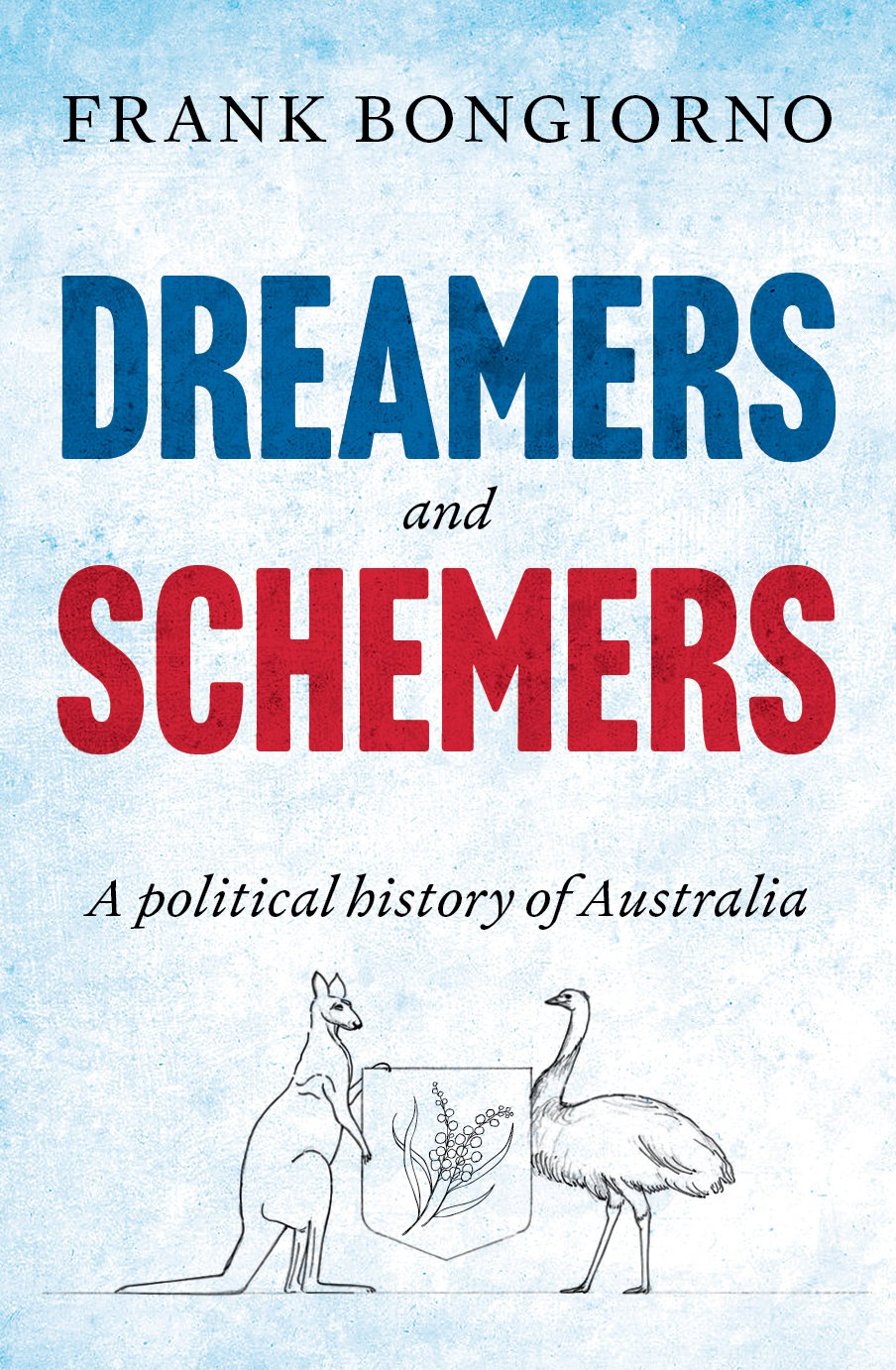

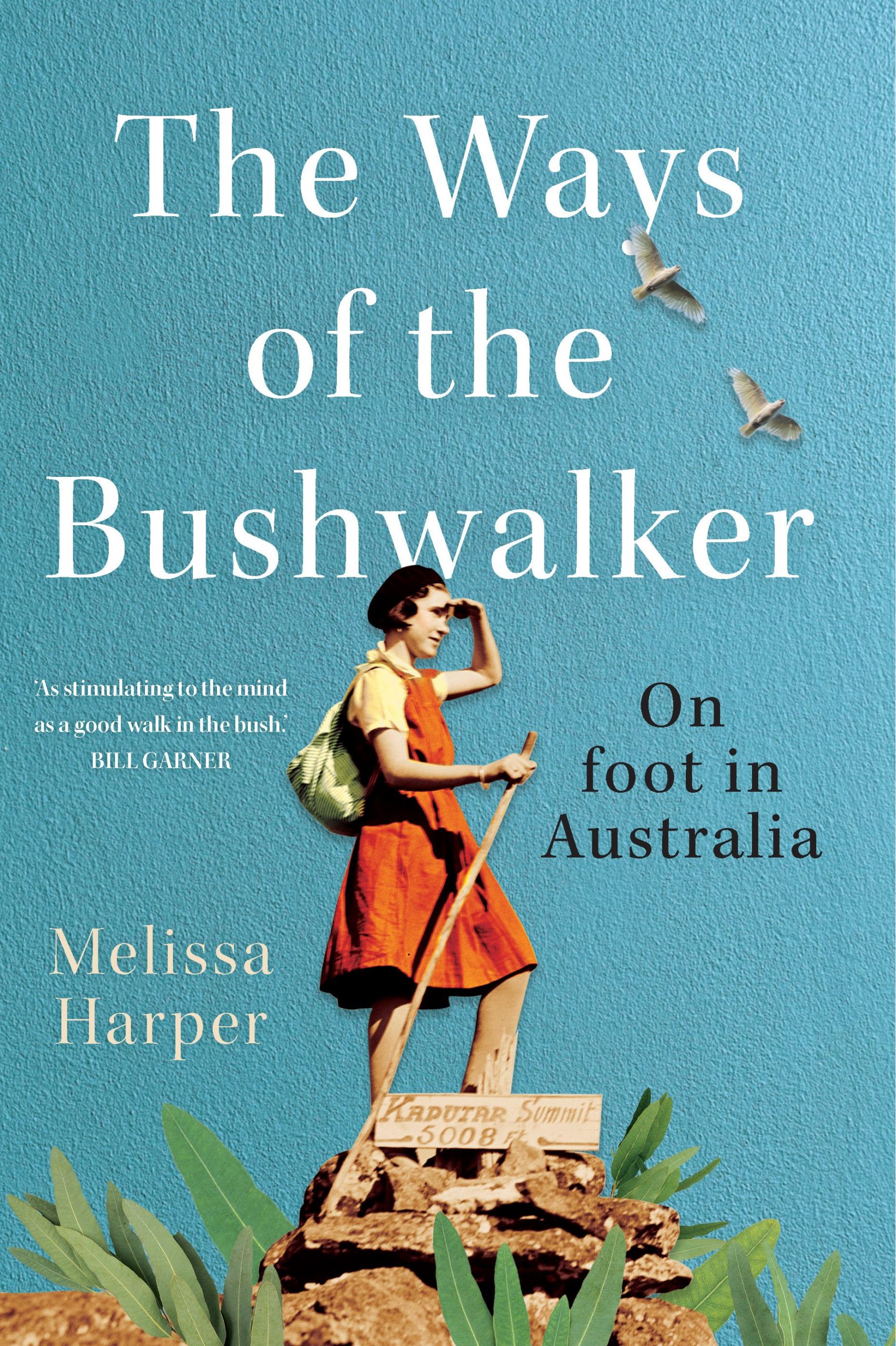
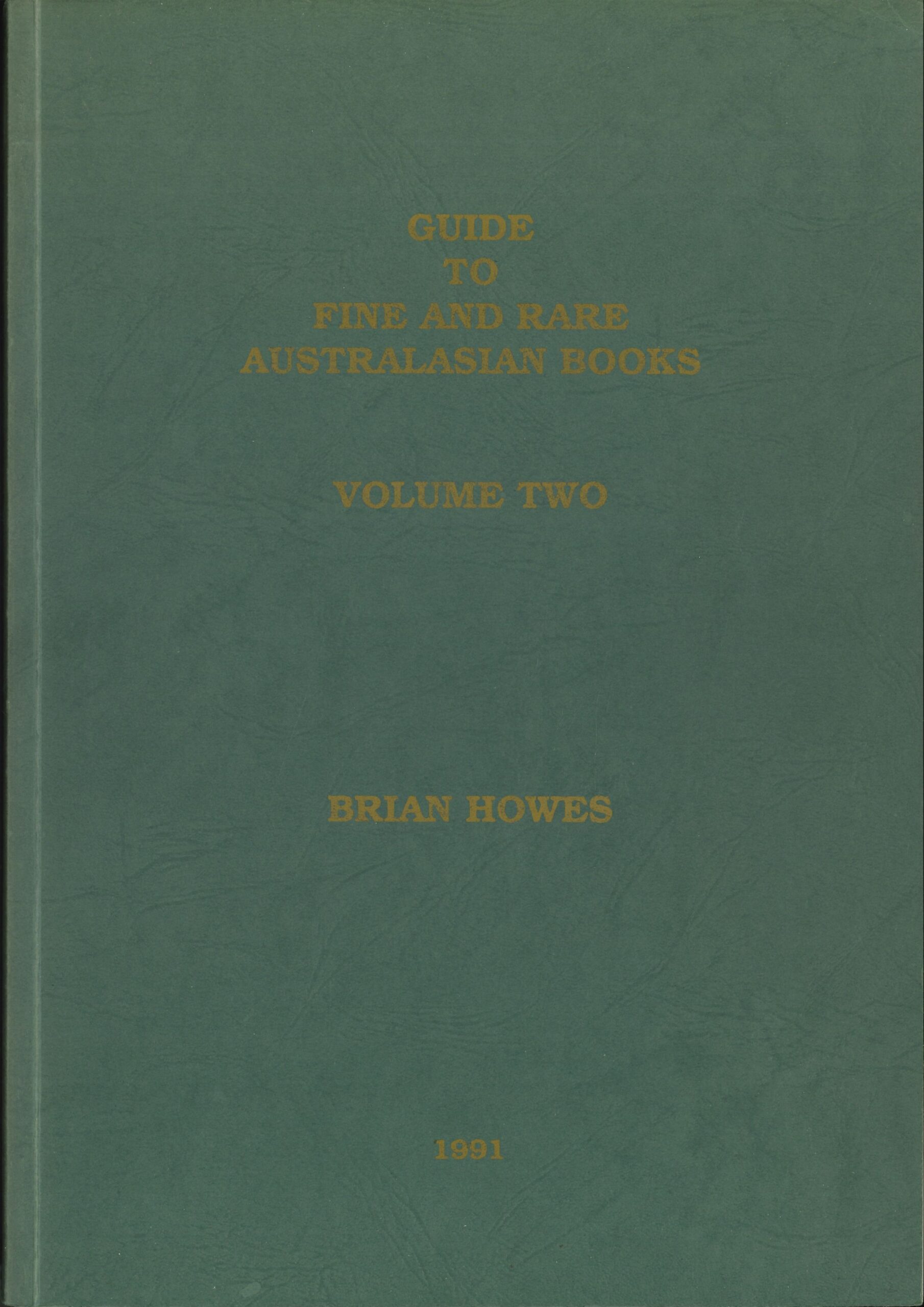
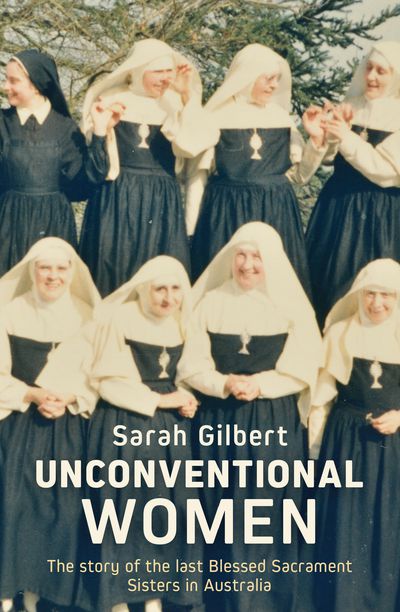
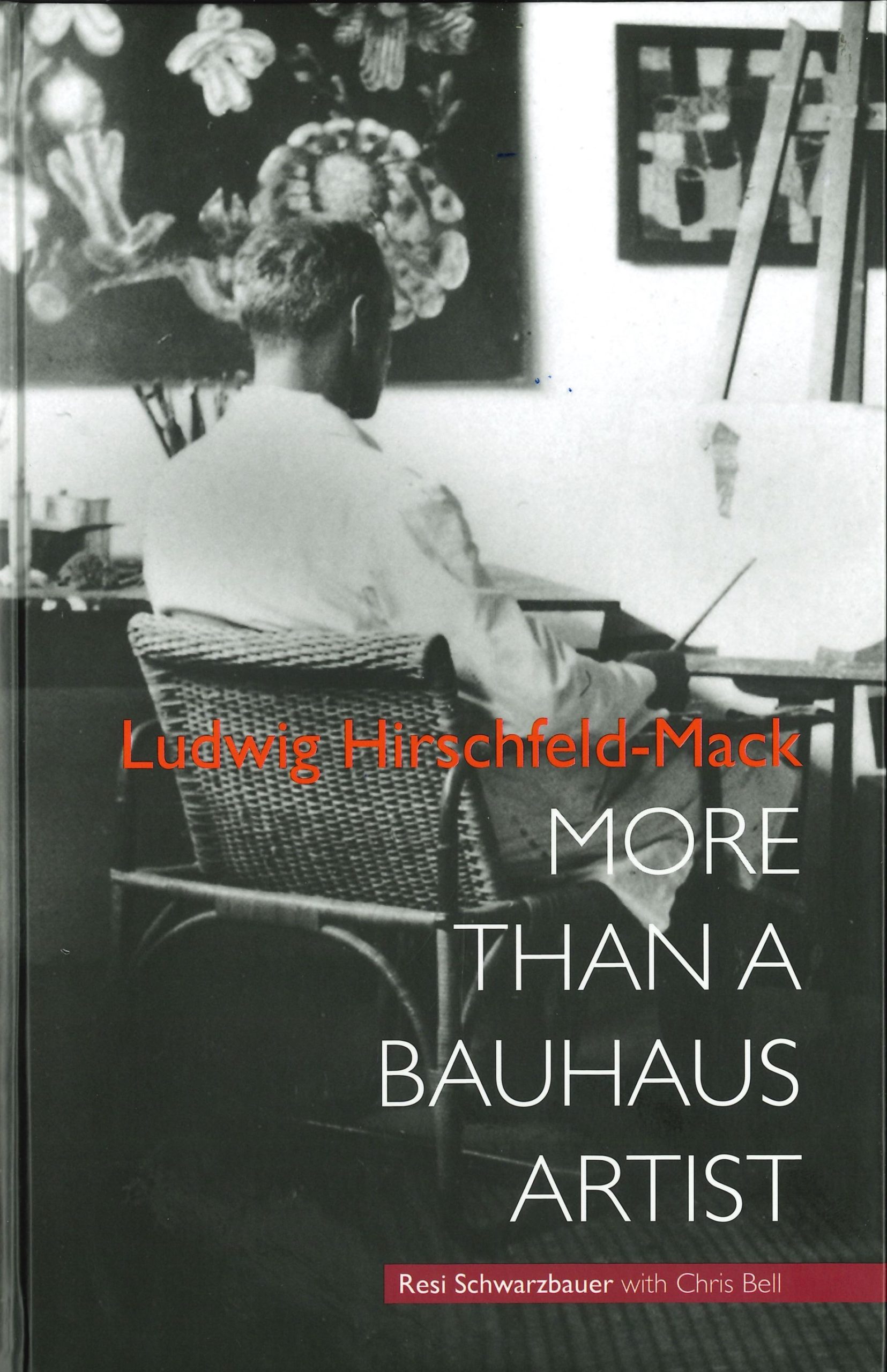
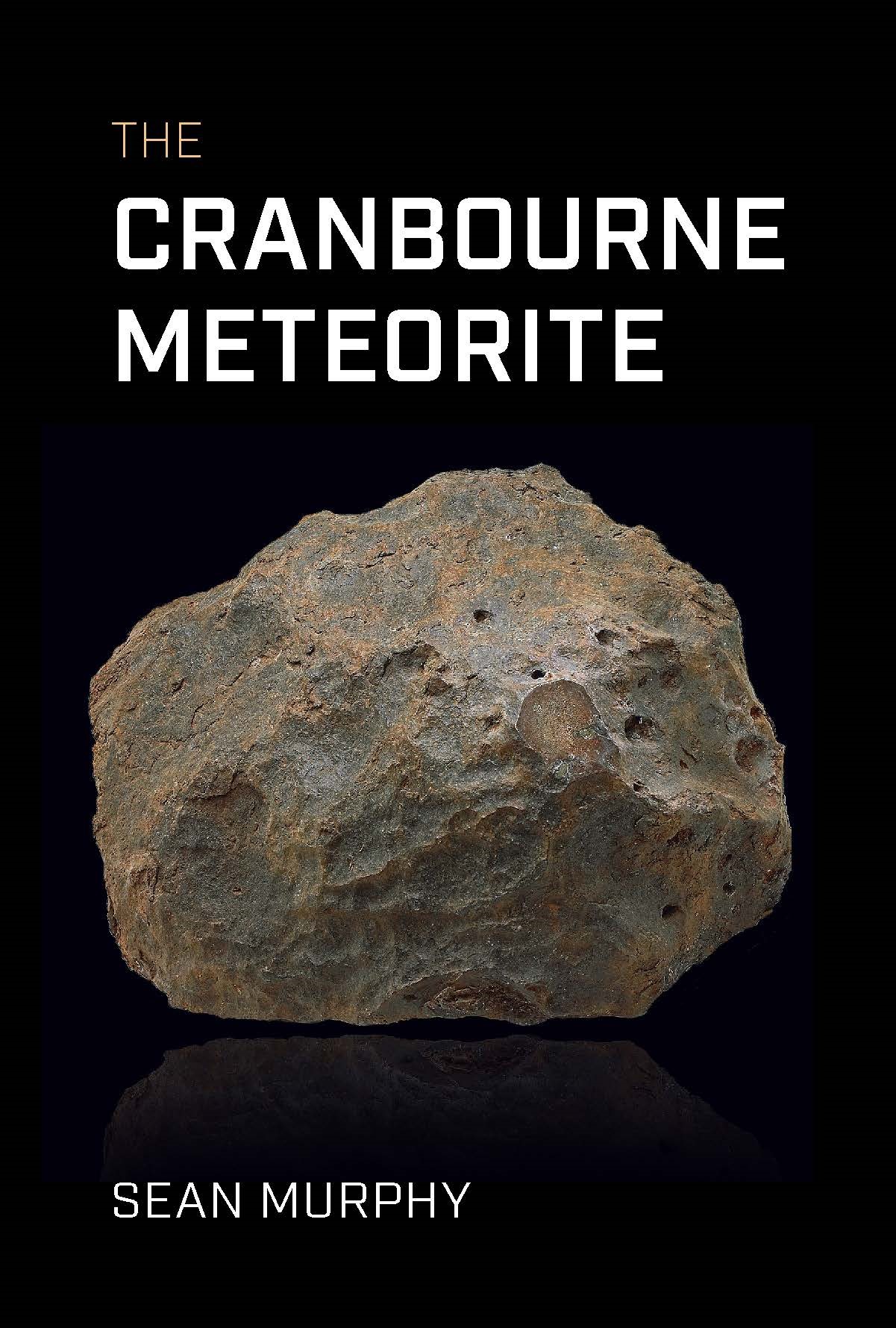



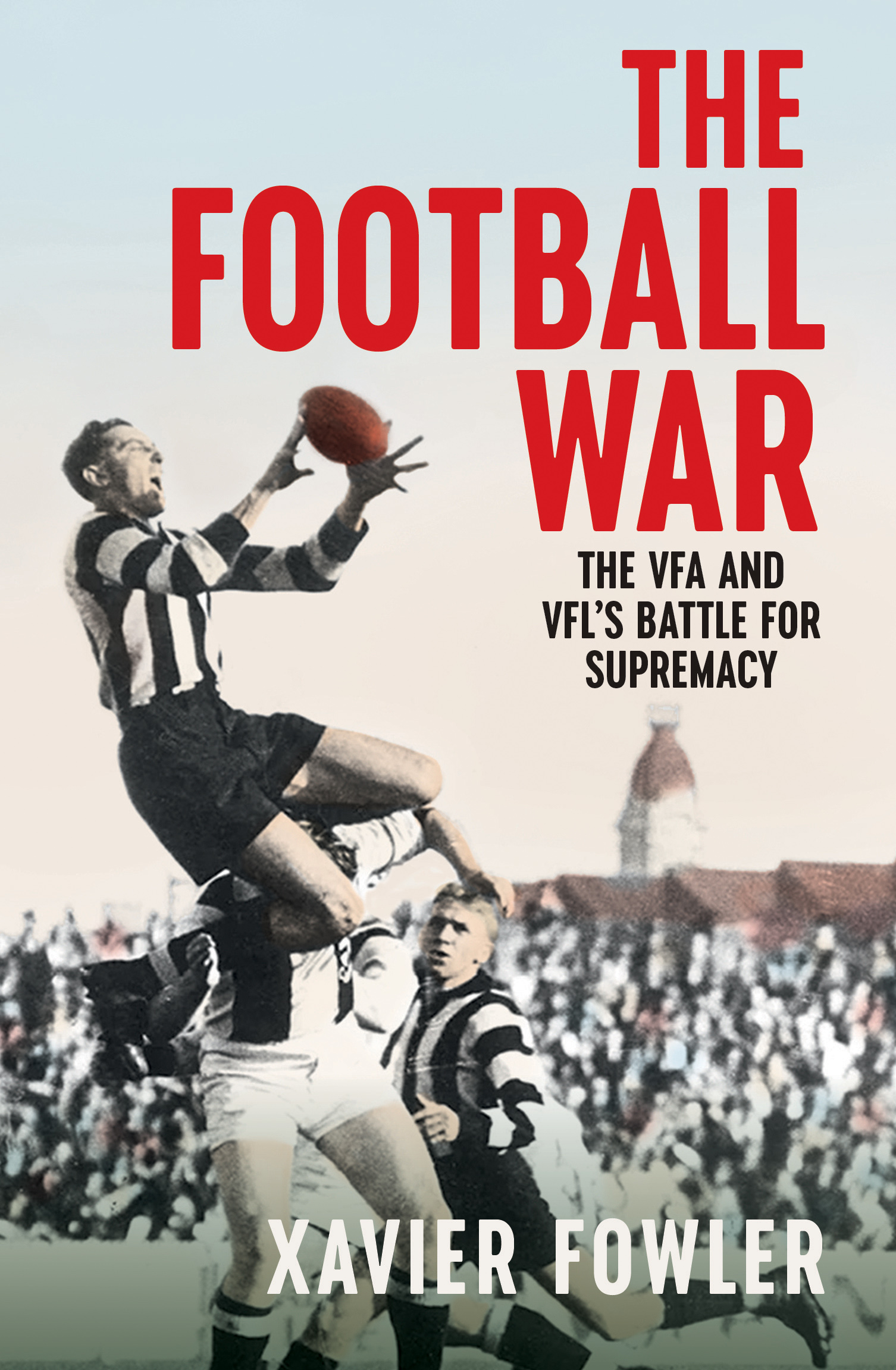
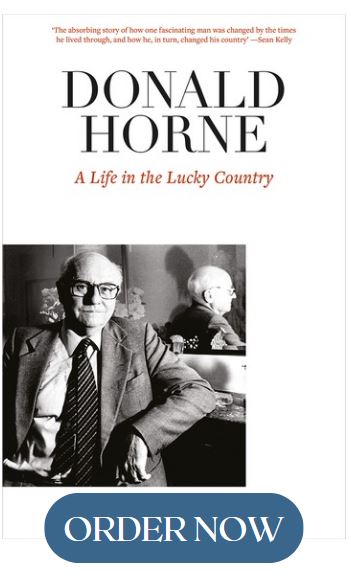
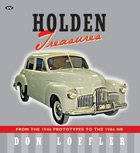


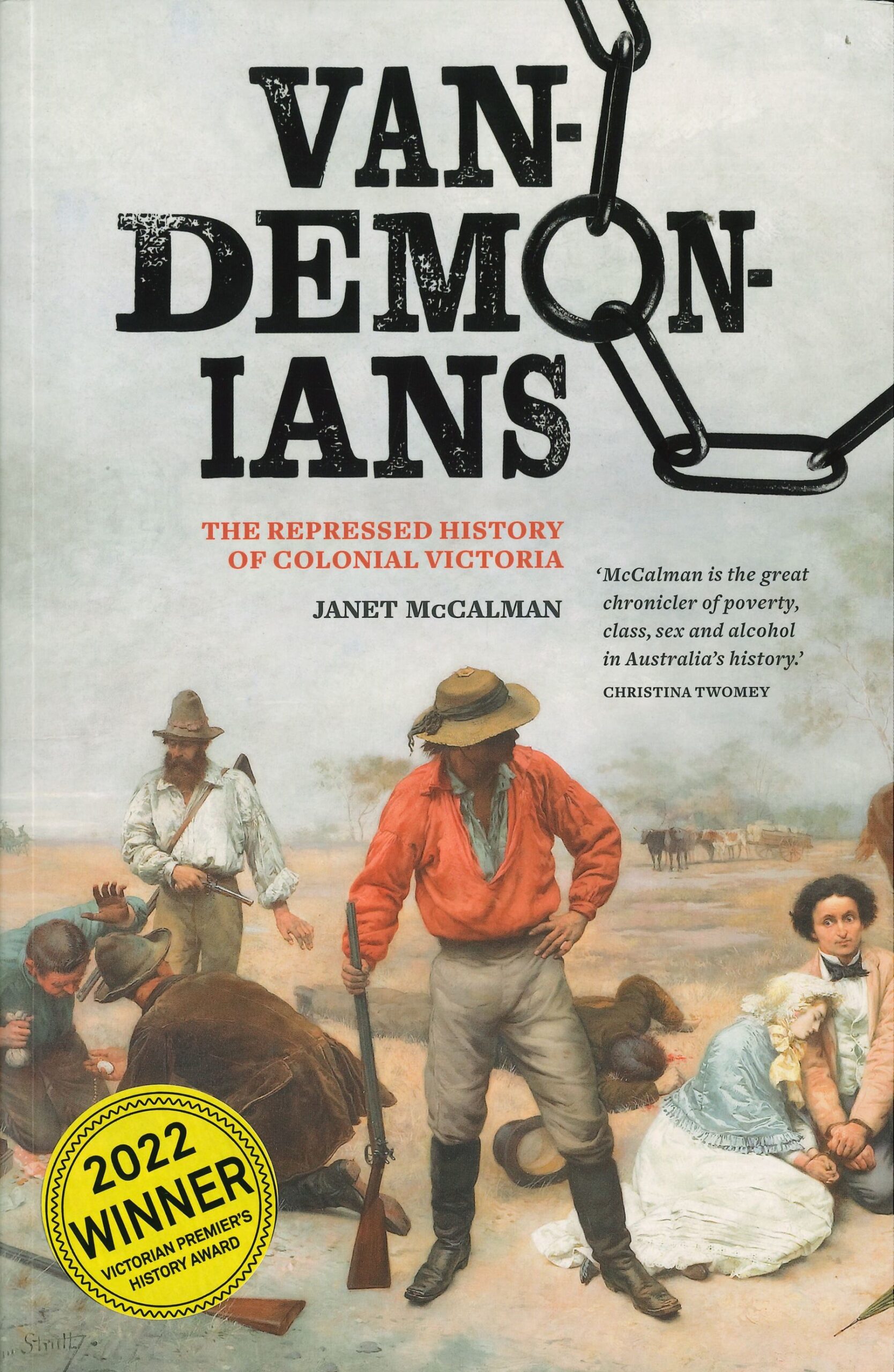
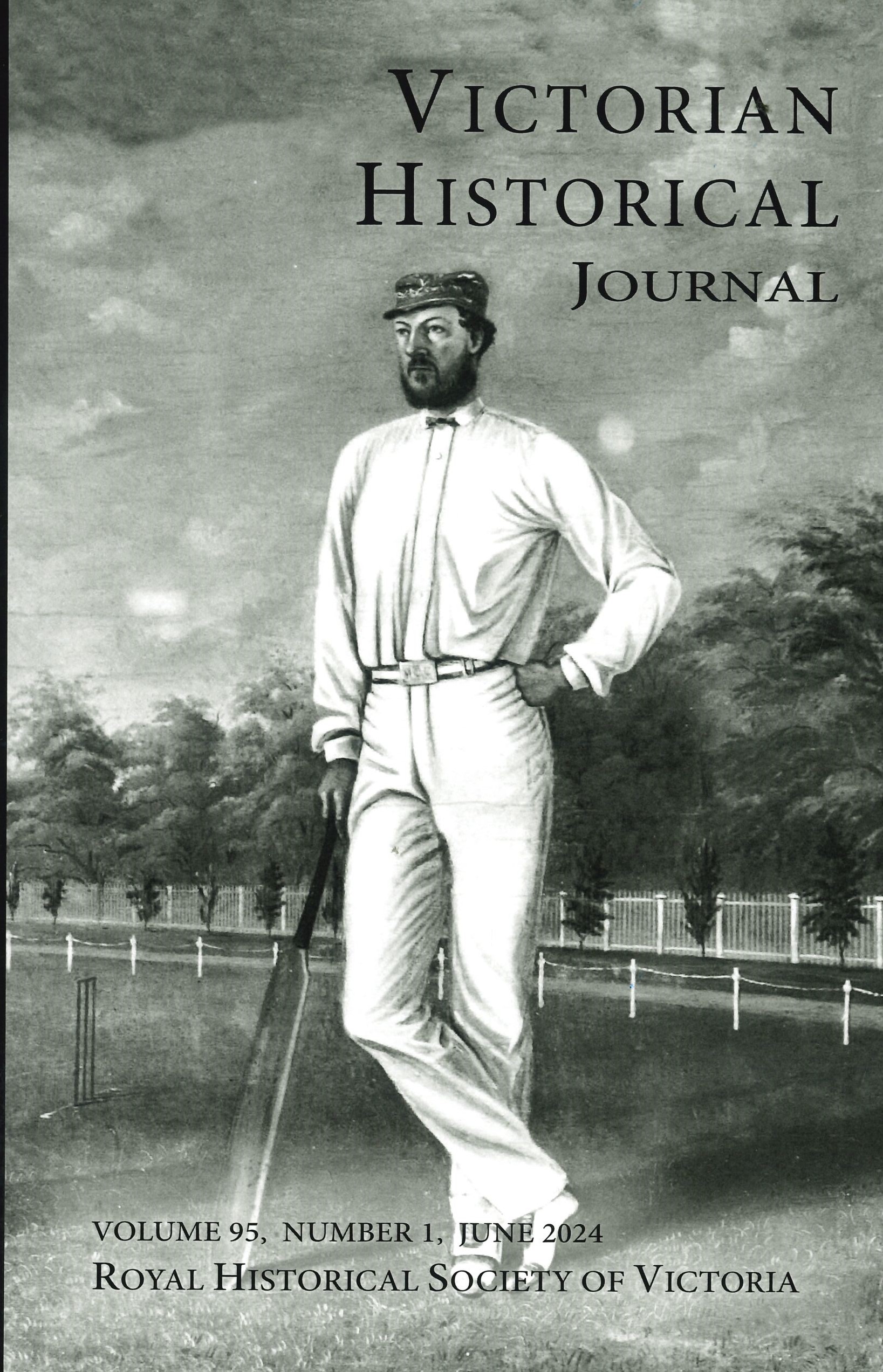


 239 A'Beckett Street Melbourne, Victoria, 3000
239 A'Beckett Street Melbourne, Victoria, 3000  03 9326 9288
03 9326 9288  office@historyvictoria.org.au
office@historyvictoria.org.au  Office & Library: Weekdays 9am-5pm
Office & Library: Weekdays 9am-5pm


Book Reviews Reviews
There are no reviews yet.